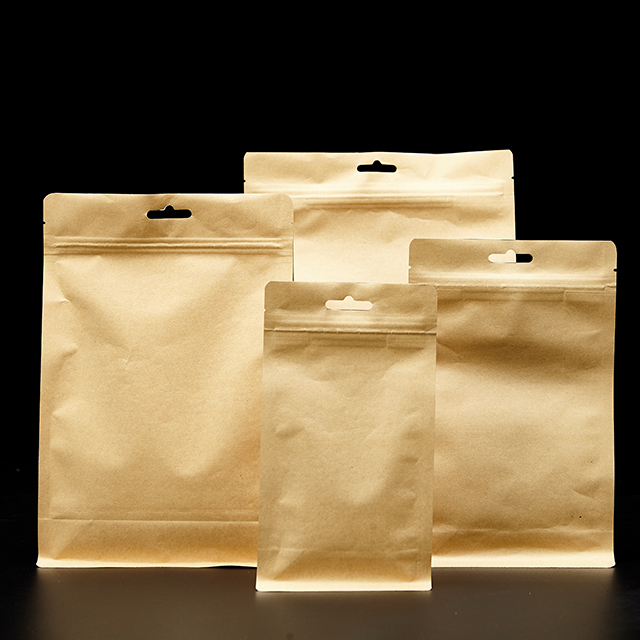Millions of tons of coffee are consumed worldwide each year, and with them, a huge number of coffee bags end up in landfills. However, in recent years, there has been an increasing focus on recycling and sustainable use of these materials. Coffee bags, which are originally used to transport and store beans, can be successfully recycled and reused, minimizing the negative impact on the environment. This article takes a closer look at the various aspects of coffee bag recycling , highlighting their importance and potential for sustainable development. Find out how you can get the most out of these seemingly ordinary materials and what steps are being taken to improve the environment.
The environmental importance of recycling coffee bags
Recycling coffee bags is essential to reducing the environmental impact. The process of producing new bags requires significant resources, including energy and raw materials, while recycling reduces these costs. Coffee bags are traditionally made from natural fibres such as jute and sisal, which are naturally biodegradable, but can take years to break down in landfills. Recycling them helps reduce waste and lower carbon emissions. Using recycled materials also stimulates the green economy and creates additional jobs in the recycling sector.
Coffee bag recycling process
The process of recycling coffee bags begins with their collection and sorting. After this, the bags are cleaned of coffee residues and other contaminants. Next, the bags are shredded and split into individual fibers. These fibers can be recycled into textiles, paper or used in the construction industry. Modern technologies allow for waste minimization at each stage of recycling, ensuring maximum efficiency. It is important to note that recycled materials retain many of their original properties, making them ideal for reuse.
Creative Ways to Use Recycled Coffee Bags
Recycled coffee bags find their way into a variety of creative projects. They can be used to create stylish accessories such as bags and wallets. Due to their strength and unique texture, jute fibers are used in the production of carpets and furniture upholstery. In addition, recycled bags can be used to make containers for storing and transporting various goods. They are often used in gardening to wrap plants. These innovative approaches not only reduce waste, but also add an element of style and functionality to everyday items.
The Impact of Recycling on the Economy
Recycling The recycled coffee bag has a positive impact on the economy, creating new business and job opportunities. By developing recycling facilities, countries can reduce their dependence on imported raw materials, which strengthens the domestic market. Moreover, recycling companies often receive support from governments and international organizations, which promotes sustainable development and the introduction of new technologies. At the same time, consumers become more aware of the importance of eco-conscious behavior and responsible consumption.
Education and public awareness
Educational initiatives play an important role in stimulating public awareness of coffee bag recycling . Campaigns, seminars and workshops help spread the word about the importance of recycling and how everyone can contribute to improving the environmental situation. Many educational institutions integrate sustainability topics into their programs, increasing understanding of complex environmental issues. The creation of educational resources and thematic communities on social networks helps to increase people’s involvement and attract more and more supporters of the recycling idea.
Prospects and Future of Coffee Bag Recycling
The Future of Recycling The recyclable coffee bag looks promising. As technology advances, recycling will become even more efficient and affordable. The ability to integrate waste into the value chain contributes to the development of a sustainable production system. More and more companies and consumers are getting involved in recycling processes, understanding its long-term benefits for both the economy and the environment. Continuous improvement of recycling methods and increasing demand for recycled products can significantly reduce the global waste problem, ensuring a brighter and cleaner future for generations to come.
Post time: Aug-27-2025







